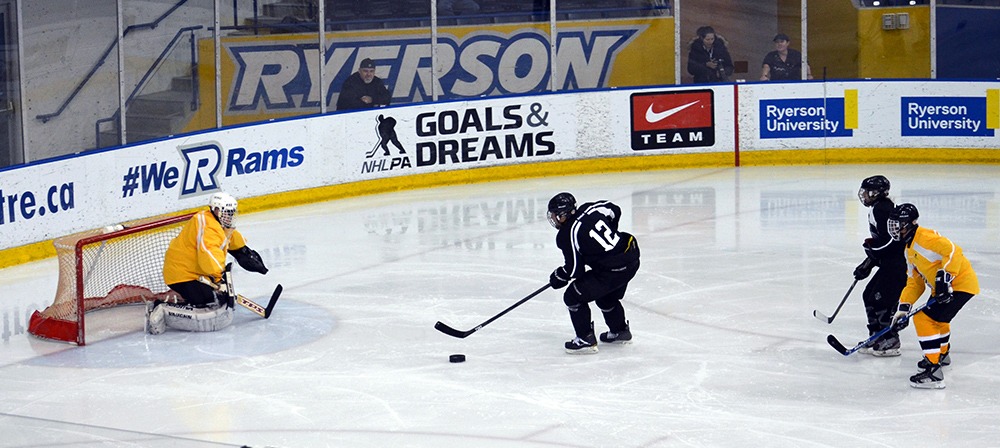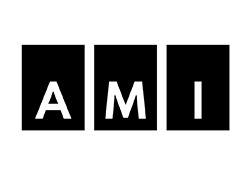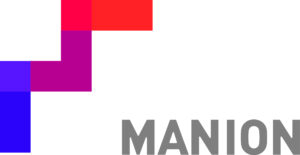Competitive Blind Hockey is played at the national championship level or in international competition. Currently Team Canada and Team USA are the only two national programs in the world and compete against each other annually. At this level teams are not divided based on equal levels of age, experience, or vision, but rather the coaching staff of each nation will draft the best team possible. There are some strict technical rules used in competitive Blind Hockey competition which can be viewed in the rulebook. Most notable is the International Blind Sports Federation (IBSA) Classification system and the International Blind Ice Hockey Federations (IBIHF) point system.

DOWNLOAD: IBIHF adapted rules for blind hockey here
IBSA CLASSIFICATION SYSTEM
For competitive Blind Hockey, all athletes must comply with the International Blind Sports Federation’s (IBSA) classification eligibility standards. In the IBSA classification system, an athlete who is blind or partially sighted is classed as either a B1 – no vision, a B2 – approximately 5% functional vision or less, or a B3 – 10% functional vision or less.








